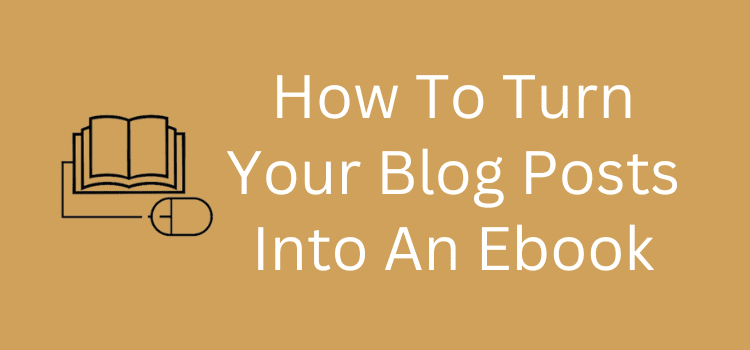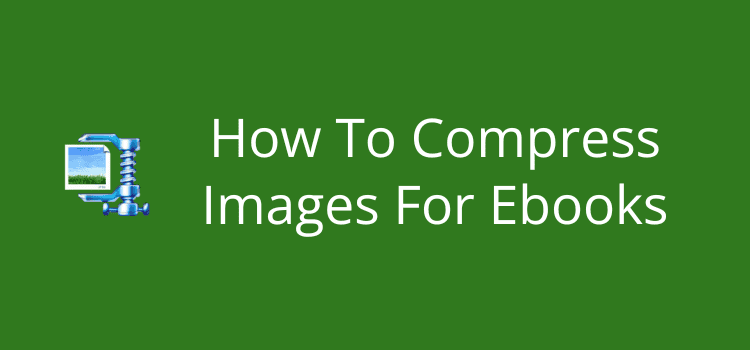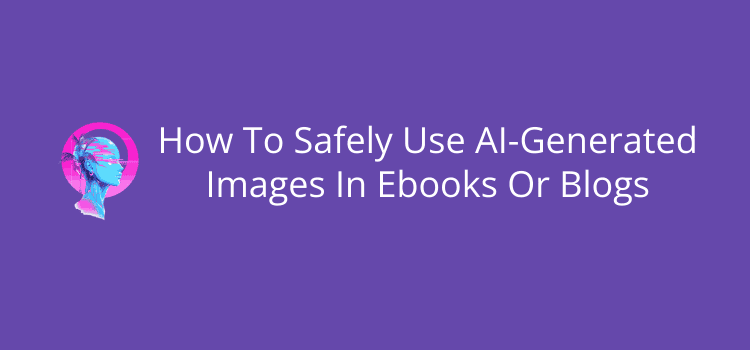
Using AI-generated images in your ebook or blog is a logical consideration because they can quickly add unique visual appeal.
However, issues regarding copyright and ethics have made the use of these images far from straightforward.
As is the case with most advances in technology, laws and legislation are extremely slow to react and enact. It is especially true for artificial intelligence (AI).
Because of this, all you can do is rely on guidelines, best practices, and your judgment. AI use is a sensitive topic, so perhaps the final arbiter will be your readers.
The current legal status of using AI images
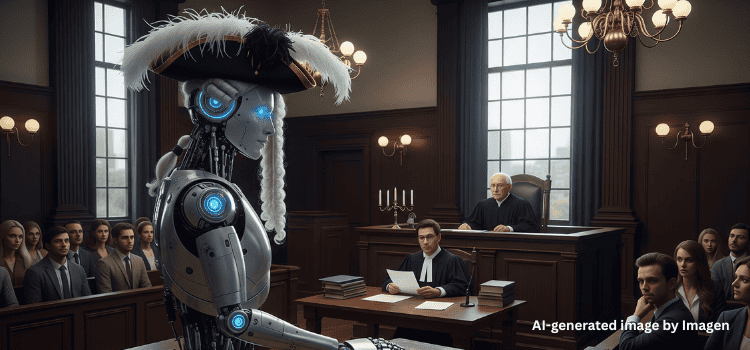
As far as I can ascertain, at present, no country has passed specific laws that directly govern the use of AI-generated images.
However, existing laws for defamation, fraud, or identity theft do apply, so do not create or use images with any likeness of real people.
When it comes to copyright regulations, they cover human creators, so AI is still a gray area that has yet to be addressed.
Because of this, it is often unclear who owns the rights to an AI-generated image and how it can be used.
Some image creation platforms claim ownership or license rights when you use their AI tools, so reading their terms and conditions carefully is a wise move.
The difference between commercial and personal use is another consideration. An ebook is usually a commercial product, but a blog can be either.
In many cases, image creation platforms may grant you broad usage rights, but these are not the same as copyright ownership.
As legislation has yet to catch up, it’s unclear how legal decisions would apply to disputes.
For now, the safest approach is to rely on information contained in platform guidelines, licenses, and disclaimers.
If you use AI images for commercial purposes, it might be prudent to keep a record of which service you used, and perhaps even a copy of your prompt and any granted usage rights.
Do you need to disclose your images?
If you use Amazon KDP to self-publish your ebook, yes.
You must disclose any AI-generated content, including images, during your publishing process.
Amazon says that “AI-generated” is content created by an AI tool, even if you make significant edits or modifications afterward.”
As a side note, if you used AI tools to assist your creation process, like brainstorming ideas or refining or correcting your work, it’s considered “AI-assisted,” and you don’t need to disclose this.
It’s important to note that Amazon doesn’t insist on public disclosure of AI-generated content on your book’s listing.
Apple Books has a similar condition regarding disclosure of AI content.
As yet, Draft2Digital does not have similar conditions regarding AI use.
For blogs, however, the situation is certainly not as clear.
You have no legal requirement to disclose AI images, but you might want to consider ethical and transparency aspects.
If you disclose any AI image use on your site, it may help build trust with your readers and clarify what content is human-created versus machine-generated.
But if you are publishing on platforms other than your own site, disclosure may be mandatory.
For example, Medium states: “AI-generated images should include captioning identifying them as such, along with proper sourcing.”
If you use other platforms, always check the specific requirements regarding AI use.
But if you have a website or blog, the decision is up to you.
What are the pros and cons?
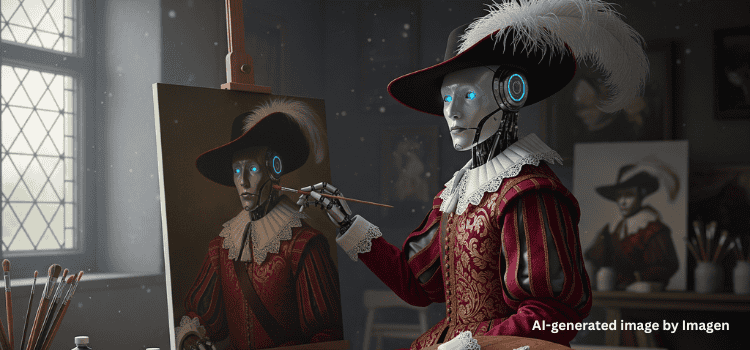
Generating and publishing AI images is like anything else; you have to take the positives and negatives into account.
Here’s a quick list of pros and cons you should bear in mind.
Pros
Fast and convenient – Generate images in seconds instead of laboriously searching stock photo libraries.
Highly customizable – Adjust style, colors, mood, and details to match your content or style.
Cost-effective – Many tools are free, or at least inexpensive, which is ideal for new bloggers and authors.
Unlimited variety – You can avoid publishing the same overused stock photos.
Creative flexibility – You can bring abstract or imaginative ideas to life visually.
Cons
Inconsistent quality – Images can look unnatural, especially with faces or details such as text.
Legal gray area – Ownership and copyright are as yet unresolved in most countries.
Platform restrictions – Some tools limit commercial use or retain license rights.
Ethical concerns – Issues regarding originality, bias, and the use of training data remain in question.
Risk of generic visuals – Overusing AI can make your content look more automated and impersonal.
The bottom line is that AI images can certainly save time and money while assisting creativity. But you need to take care, especially concerning commercial projects such as ebooks.
Practical (and safe) uses for AI images
The safest track with AI images is to use them as supporting visuals rather than the main event.
For ebooks, they can work well for interior illustrations, chapter headers, or simple diagrams or fictional maps.
But when it comes to book covers, the quality is poor. It’s usually smarter to get a designer or use licensed stock images.
You can then credit these appropriately on your copyright or disclosure page of your book.
For blogs, though, AI images can sometimes be a good idea.
You could generate a featured image to match your article’s topic, or create decorative images for parts of an article.
They are also practical for social media sharing, such as on Pinterest.
These images can also help you to illustrate abstract concepts that stock photos fail to capture.
Because you publish blog posts far more frequently than ebooks, AI images can help you maintain a steady flow of fresh, unique visuals, and mostly for free.
Summary
AI images can be a useful and productive tool for authors and bloggers. You can create unique images almost instantly, and frequently for free.
However, the rules and laws aren’t all that clear yet, so it pays to be somewhat cautious.
You don’t need to avoid AI images altogether; just use them thoughtfully.
Disclose when you are required to do so, such as with Amazon KDP or Apple, and always check other platforms’ terms.
For your blog, it’s up to you, but being open with your readers is often a good move.
You can use AI images quite safely for any of your writing projects, as long as you abide by the requirements of some specific sites and platforms.
But the most important question isn’t what’s allowed, but how will your readers react?
Related Reading: How To Use AI To Write Better, Without Any Guilt
Share This Article
